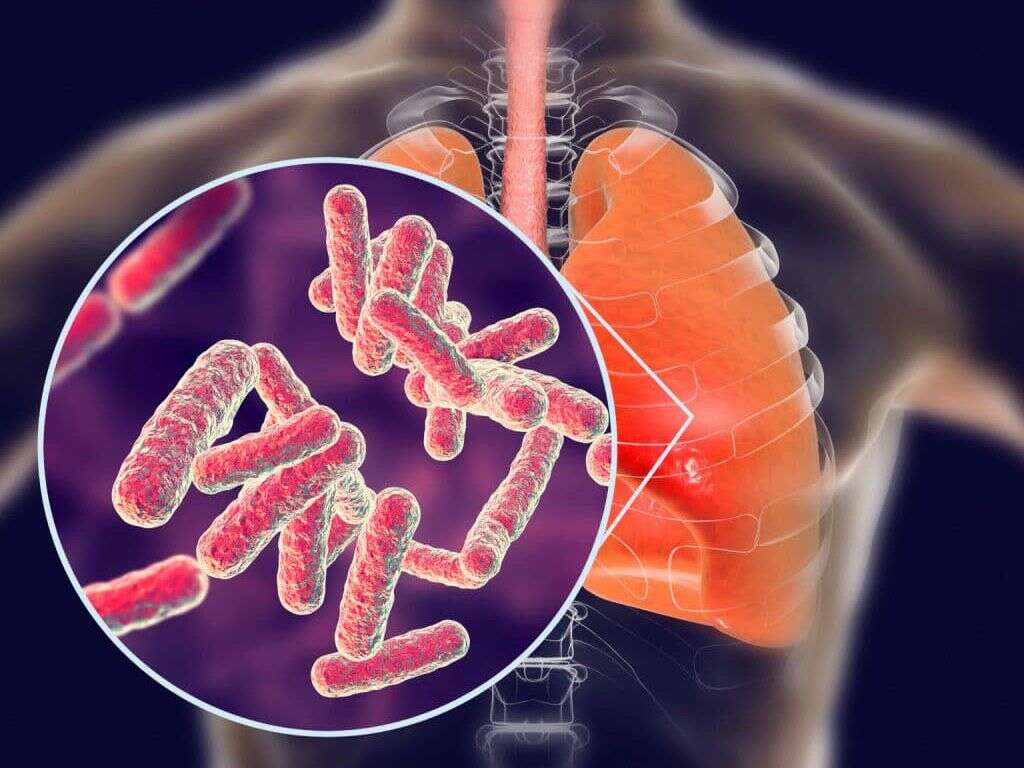10 Symptoms of TB
 Article Sources
Article Sources
- 1. World Health Organization. (2020). Tuberculosis (TB). Retrieved November 13, 2020, from https://www.who.int/news-room/fact-sheets/detail/tuberculosis
- 2. Rosha, D. (2002). Prolonged Fever During The Treatment Of Pulmonary Tuberculosis. Medical Journal Armed Forces India, 58(2), 127-129. doi:10.1016/s0377-1237(02)80045-4
- 3. Mahmoudi, A. (1993). Pitfalls in the Care of Patients With Tuberculosis. Jama, 270(1), 65. doi:10.1001/jama.1993.03510010071032
- 4. Hernández-Garduño, E., & Pérez-Guzmán, C. (2007). Appetite and tuberculosis: Is the lack of appetite an unidentified risk factor for tuberculosis? Medical Hypotheses, 69(4), 869-872. doi:10.1016/j.mehy.2007.02.006
- 5. Saloman, L. (2016). Examining Disease Characteristics and Patterns of Weight Gain in Tuberculosis Treatment. Retrieved November 13, 2020, from https://www.contagionlive.com/view/examining-disease-characteristics-and-patterns-of-weight-gain-in-tuberculosis-treatment
6. Loss of Appetite
Many patients who develop an active TB infection have decreased appetite, which can be compounded by nausea. Reduced appetite can lead to malnutrition and a suppressed immune response, so it is essential to maintain proper nutrition throughout treatment.
Researchers are working to understand the complicated relationship between appetite and TB. There is a correlation between malnutrition, a chronic loss of appetite and worse outcomes from tuberculosis. Active infection can cause a decrease in food cravings, but that is not always the case. A diminished appetite may be an underlying cause for latent infection to become active in many people.4Hernández-Garduño, E., & Pérez-Guzmán, C. (2007). Appetite and tuberculosis: Is the lack of appetite an unidentified risk factor for tuberculosis? Medical Hypotheses, 69(4), 869-872. doi:10.1016/j.mehy.2007.02.006
Advertisement



-06.jpg)




